Neurological conditions like having a stroke or Parkinson’s disease can be debilitating and life-changing. But there’s good news: Pilates can help! By improving your balance, strength, flexibility, and coordination, Pilates can reduce the severity of symptoms associated with these disorders. In this guide, we’ll talk about how Pilates helps each of these conditions in particular as well as general ways it can improve your health if you have a neurological condition.
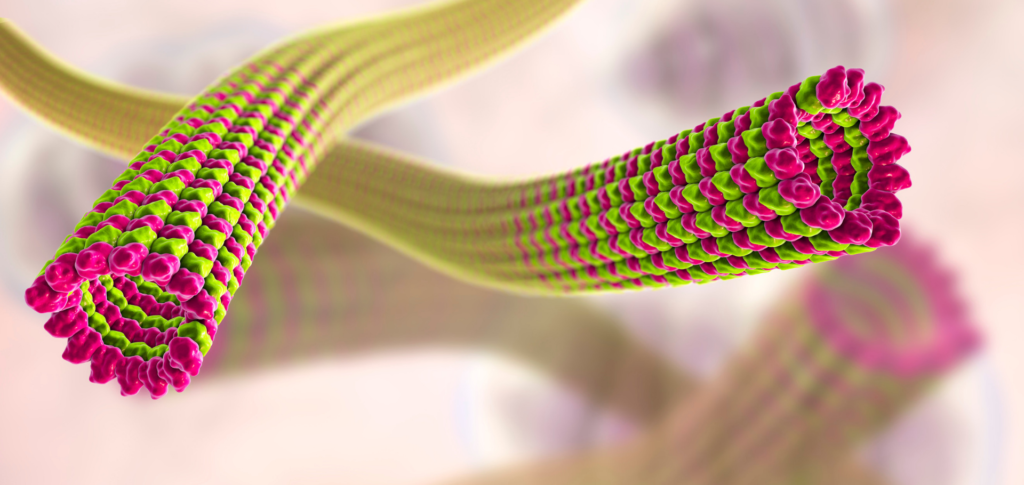
Neurological conditions share many common characteristics and issues that can improve with Pilates.
It’s important to understand that many neurological conditions share similar symptoms. These include muscle weakness, instability, coordination problems, fatigue and altered reflexes. The common thread between most neurological conditions is an imbalance between the opposing muscles on both sides of the body. A good example of this is Parkinson’s disease where the muscles controlling movement on one side of the body are stronger than their counterparts on the other side leading to a lack of balance and coordination when performing everyday activities such as walking or sitting down.
Pilates can help with core strength, balance, coordination and flexibility which means it can have a positive impact on those who suffer from Parkinson’s Disease as well as other neurological disorders like Multiple Sclerosis (MS). It may also be useful for improving posture and breathing patterns by increasing awareness of your own body while focusing on strengthening key areas such as your pelvic floor muscles – this will help you feel more confident when trying new exercises outside class too!
Parkinson’s disease
Parkinson’s disease is a chronic and progressive movement disorder that affects millions of people worldwide. This disease is caused by the loss of dopamine-producing cells in the brain, which leads to tremors, stiffness and impaired motor coordination.
People with Parkinson’s often experience difficulty moving their arms, legs and trunk muscles normally as well as balance issues due to muscle rigidity (stiffness). It can be very hard for them to perform everyday activities like walking or getting dressed because these movements require precise timing and coordination between different parts of the body.
Pilates helps improve movement control through its emphasis on proper core stabilization (the use of abdominal muscles) during exercise. This is important because Parkinson’s medications cannot cure this condition but they can help manage symptoms like tremors so that people with Parkinson’s have more freedom in their daily lives – including doing simple things like dressing themselves without assistance from another person!
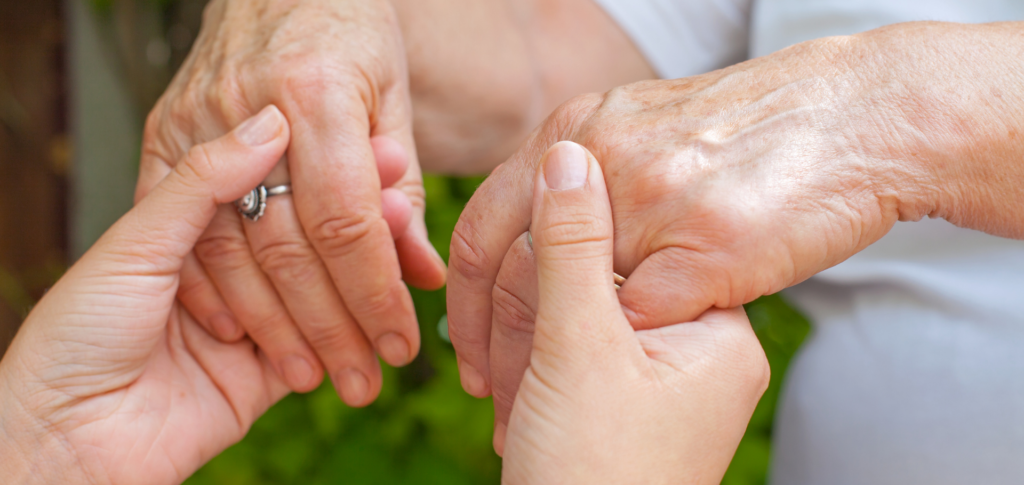
Stroke
A stroke is a medical emergency and can be life-threatening. It occurs when your brain is deprived of oxygen, which causes brain cells to die. Stroke may be caused by an embolism (blood clots in the arteries that supply blood to the brain), bleeding in the brain (hemorrhagic strokes) or other types of damage that affect blood flow in or around your brain.
Strokes are common in people over 65 years old, but they can occur at any age—even during childhood or adolescence. Because stroke is a nervous system disorder involving muscle weakness and/or paralysis, it’s important for patients to get specialized treatment prior to starting an exercise program like Pilates after a stroke occurs so they know if any movement restrictions need special consideration during their workouts with you as their instructor
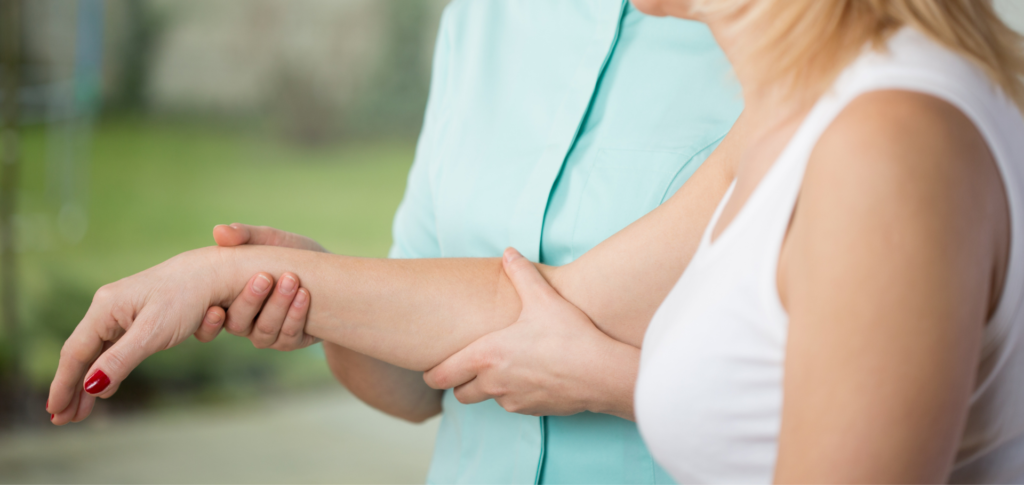
Traumatic brain injury
A traumatic brain injury (TBI) occurs when a sudden trauma causes damage to the brain. It can be caused by a blow to the head or body, being struck by an object or projectile, exposure to high-energy radiation and other types of external force directed towards the skull. A TBI can affect a person in many ways, including mentally and physically.
Neurologically: A person with a TBI is likely to experience difficulty thinking clearly and focusing on tasks that require attention. They may also experience trouble sleeping well due to pain when they try to sleep or nightmares after waking up from sleep that makes it difficult for them to go back into dreamless sleep again. This often results in fatigue throughout the day while attempting daily activities such as taking care of children or working at a job outside of your home. People who suffer from chronic headaches due to structural abnormalities inside their skull will also benefit greatly from practising Pilates since Pilates focuses on improving core strength which helps reduce pressure on nerves located near areas where tension headaches originate (such as those found between the eye sockets). Finally, people living with multiple sclerosis (MS) will see improvements if they begin exercising regularly even though exercise is contraindicated during flare-ups; however, this does not mean all MS patients should start exercising immediately because there are certain precautions doctors need to take before prescribing exercises such as monitoring heart rate while performing simple movements like walking slowly around the block without stopping until symptoms subside completely.”
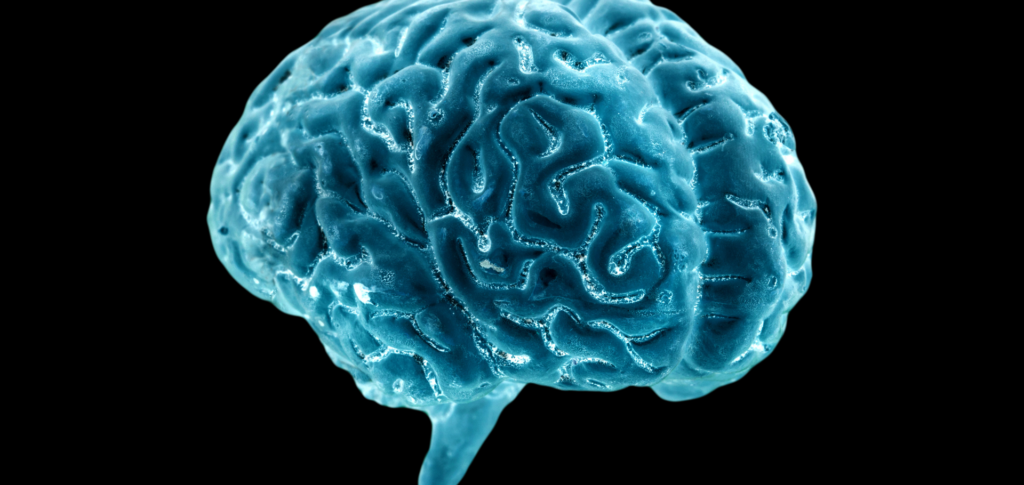
Cerebral palsy
With cerebral palsy (CP) affecting one in every 500 children, it’s important to know what the condition is, what causes it and how it can be treated.
CP is a condition that affects movement, muscle tone and posture. It can also affect people in different ways and to different degrees. For example, some people may have mild symptoms while others may have severe symptoms like being unable to walk or talk properly – there are no clear-cut definitions of how CP will affect an individual child. While there’s no cure for cerebral palsy at present, there are treatments available that aim to improve quality of life by strengthening muscles or improving balance through physiotherapy therapy sessions or exercise regimes such as Pilates.
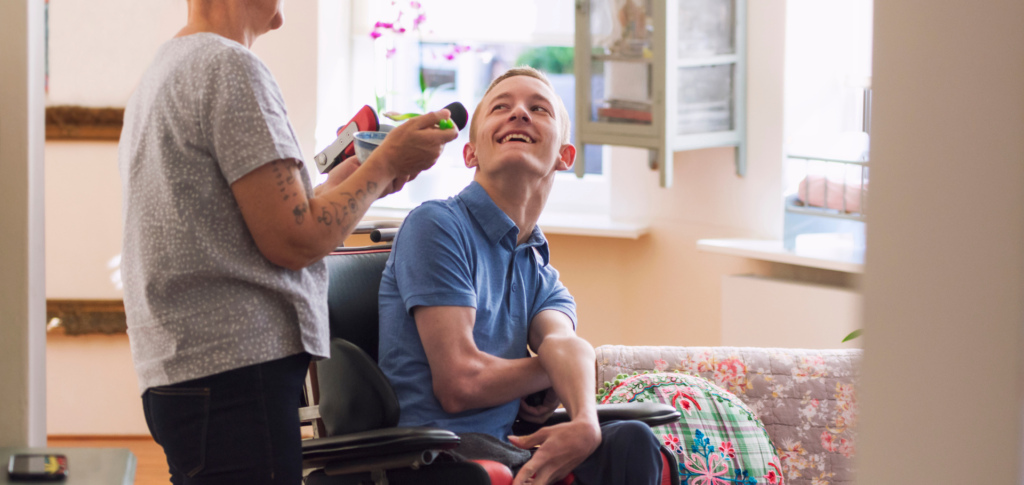
Pilates can help with the symptoms of many neurological conditions
It’s no surprise that Pilates can help with the symptoms of many neurological conditions. Pilates is a great way to improve balance and coordination, posture and muscle tone, flexibility, strength and endurance.
In addition to helping sufferers of Parkinson’s disease maintain mobility by building strength in their muscles, pilates can also reduce stress by improving breathing patterns.
Pilates is not only beneficial for people with physical disabilities it can also improve mental health. Studies show that working out stimulates endorphins in the brain which make you feel happier; it helps relieve anxiety caused by stress; it raises serotonin levels so you sleep better at night; it decreases cortisol levels which help your body recover more quickly after strenuous activity.
Conclusion
We hope that this blog post has given you some information on how Pilates can improve the quality of life for people with neurological conditions. We believe in the power of Pilates to help anyone, so if you or someone you know is struggling with a neurological condition then consider joining a Pilates class today.
